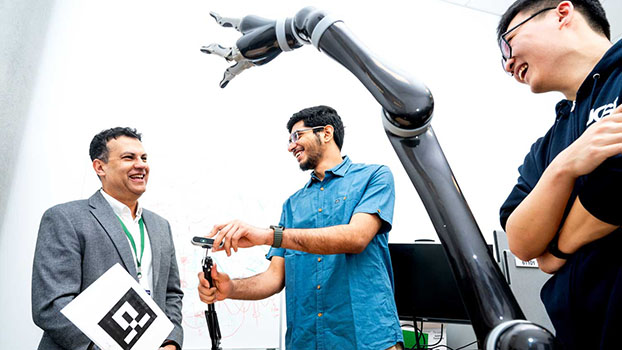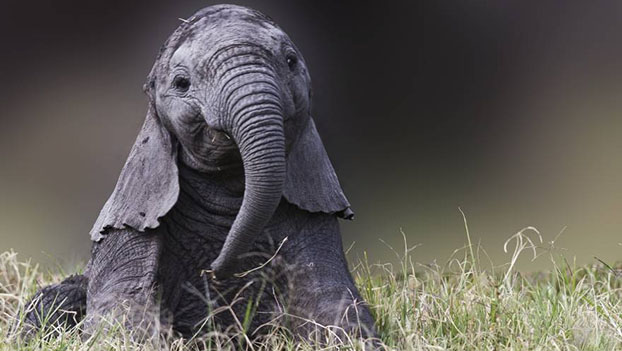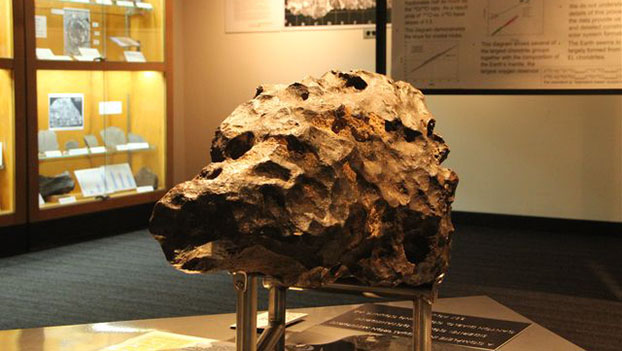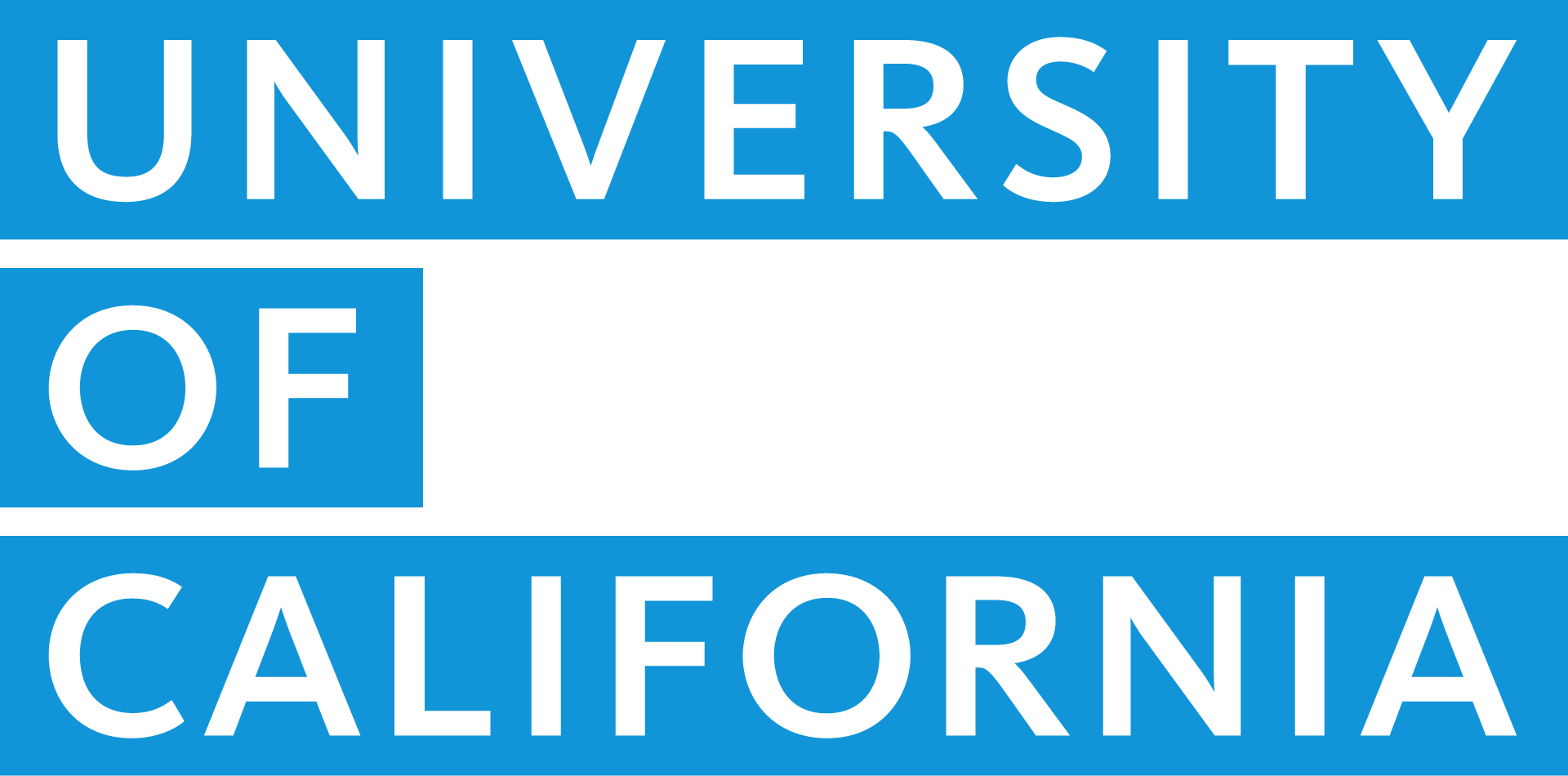6 must-read stories from the latest UC research
Share This Article

1. Thrilling progress in brain-computer interfaces from UC labs
A man who hasn’t been able to move or speak for years imagines picking up a cup and filling it with water. In response to the man’s thoughts, a robotic arm mounted on his wheelchair glides forward, grabs the cup from a cabinet and holds it up to a water fountain. This may sound like something straight out of science fiction, but it’s just one example of how UC researchers — and the patients they work with — are redefining what’s possible when the human mind and advanced computers meet.

2. Fig. 1: Why D-Day almost failed
Could World War II have been lost without help from oceanographers? Learn how two scientists at UC San Diego’s Scripps Institution of Oceanography studied ocean waves — and ended up changing history.
Fig. 1 is UC’s award-winning video series, created in 2014 to explore innovative research in a compelling, playful and relatable format. Since its launch on the UC YouTube channel, Fig. 1 was picked up by Discovery’s digital platform (now known as Seeker) and has reached millions of viewers — including you! Explore the latest episodes below, then visit and bookmark the Fig. 1 website.
3. America’s journey to become a science superpower
U.S. leadership isn’t an unchanging feature of the scientific landscape, explain UC historians Cathryn Carson W. Patrick McCray. Until World War II, the U.S. often sat on the sidelines of scientific progress. But with national security on the line, the federal government — through policy and strategic investments — set about turning America into the world leader in science.

4. Elephant extinction threatens everything from rainforests to musical instruments
Scientists knew almost nothing about how ebony trees, used for guitars and piano keys, grow. Thanks to The Ebony Project, a unique collaboration between the Indigenous Baka people of the Congo basin, Bob Taylor of Taylor Guitars, and UCLA’s scientific leadership, we’ve learned the secret ingredient — endangered African forest elephants.

5. Fig. 1: America is great at producing cults
Watch any documentary or listen to any podcast about cults and you might find one common thread. There are so many American cults. Why? Poulomi Saha, Ph.D., associate professor of English and co-director of the Program in Critical Theory at UC Berkeley, explains why America is so good at producing cults, what we get wrong about cults, and why their popularity in media today points to a cultural yearning for an alternative way of life.
6. How to prevent an asteroid from crashing into Earth
The first step is to know what’s coming our way. And that “is a problem we can absolutely solve,” says Amy Mainzer, a UCLA space telescope expert. She’s leading the design of the first-ever space telescope designed specifically to spot objects that pose a threat to our planet.

